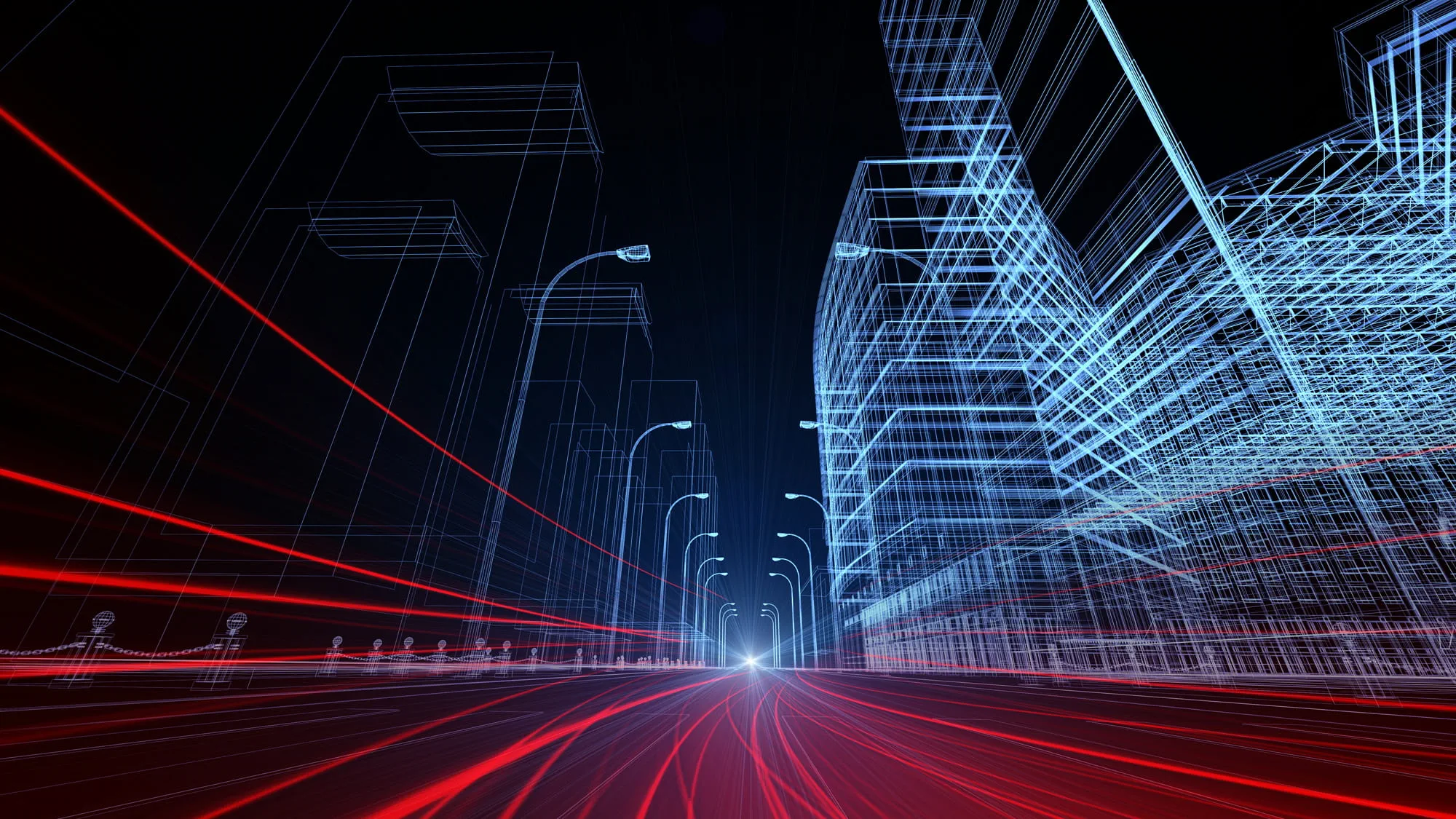How are digital technology and data shaping the world around you?
What will your city be like in ten years’ time? How will you get around? Digital technology and data hold the answer to questions like these. Even today, sensors and powerful data analytics are transforming everything from the way you travel to the way you watch sport.
With so many new possibilities, our team is always happy to discuss the opportunities in your sector in more detail. Contact them to discover more.
So what might the digital built environment of the future be like? Today’s innovations, many of which we’ve helped drive, offer a glimpse of things to come.
Sensor technology is already in use at large scales to create digitally enhanced cities. In Christchurch, New Zealand, the world's first Sensing City project is collecting real-time data on things like pedestrian and vehicle traffic flow, water and air pollution to find ways to improve the quality of life for its citizens. As sensor technology improves and becomes cheaper, you can expect to see it used in a host of new applications in cities around the world. We applied cutting-edge sensor technology to analyse and monitor the performance of Queensferry Crossing. Real-time information now informs maintenance and has significantly reduced operational costs.
New technology is also making it possible to understand cities in unprecedented detail by combining a host of transport, socioeconomic, demographic and spatial data into detailed 3D city models. These can be viewed and analysed through a simple web portal. So you could see, for example, not only how people move around somewhere like a train station but also how they spend their money in the local shops.
Getting around will get easier as sharing transport data enables new public information services and tools that let you make informed choices about the very best way to make your journey.
Driving could be easier and safer too (even if you don’t yet have a car that can drive – and park – itself). Projects like Drive Smart in New York use in-vehicle data collection to help drivers in the city save time and money. And they encourage safer driving through services such as usage-based insurance.
Data and technology are already transforming sporting and other major events. Our real-time 360-degree visualisation helped the design teams for the London 2012 Olympics make crucial decisions, showing them what the Olympic Park would look like both during and after the games.
Indeed, London 2012 set new standards for the way in which major events can leave a lasting legacy. Because we ensured all the geo-spatial data collected for the games met common standards, it could be transferred straight to the Legacy Development Corporation after the event and used to help create a thriving new area of London.
In the future, you can also expect to see stadiums that respond to your needs and to the type of event you’re watching. The Singapore Sports Hub is a 55,000-seater stadium we designed where it’s not just the roof that’s movable; seating moves and the sound broadcast system adapts so you get just the right atmosphere for the event you’re attending. Smart card technology integrated across the site for ticketing, venue booking, transportation and retail ensures a seamless experience.
Discover more about digital
-
Expertise
Digital consulting
Our digital consulting services help you gain value from the data your business generates, introducing powerful analytics, better user experience and the integration of the best hardware and software. We help clients develop and deliver new services across the built environment.
-
Expertise
Digital asset management
As the physical and digital worlds converge, there are powerful new ways to manage, operate and optimise your buildings and assets across their entire lifespan. Arup is helping clients to bring transformative asset analytics and intelligence into their operations.
-
Expertise
Digital design
Digital is at the heart of our design approach, from using data to build a picture of the context into which a project must fit, to employing parametric design tools to blend ever increasing client requirements, to using genetic and generative algorithms to explore thousands of outcomes at speed. Find out more.
 ;
;